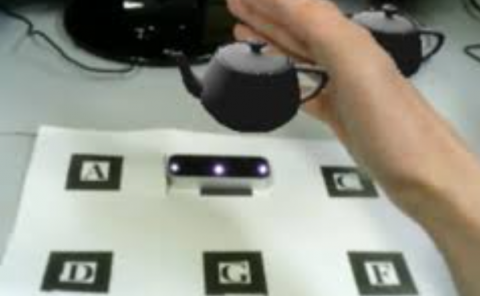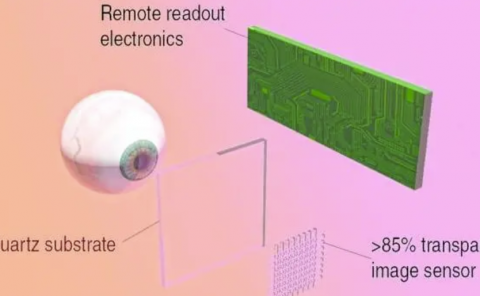Visual blur in immersive virtual environments: does depth of field or motion blur affect distance and speed estimation?
PubDate: November 2016
Teams: University of Hamburg;University of Muenster
Writers: Eike Langbehn;Tino Raupp;Gerd Bruder;Frank Steinicke;Benjamin Bolte;Markus Lappe

Abstract
It is known for decades that users tend to significantly underestimate or overestimate distances or speed in immersive virtual environments (IVEs) compared to corresponding judgments in the real world. Although several factors have been identified in the past that could explain small portions of this effect, the main causes of these perceptual discrepancies still remain elusive. One of the factors that has received less attention in the literature is the amount of blur presented in the visual imagery, for example, when using a head-mounted display (HMD).
In this paper, we analyze the impact of the visual blur effects depth-of-field and motion blur in terms of their effects on distance and speed estimation in IVEs. We conducted three psychophysical experiments in which we compared distance or speed estimation between the real world and IVEs with different levels of depth-of-field or motion blur. Our results indicate that the amount of blur added to the visual stimuli had no noticeable influence on distance and speed estimation even when high magnitudes of blur were shown. Our findings suggest that the human perceptual system is highly capable of extracting depth and motion information regardless of blur, and implies that blur can likely be ruled out as the main cause of these misperception effects in IVEs.


